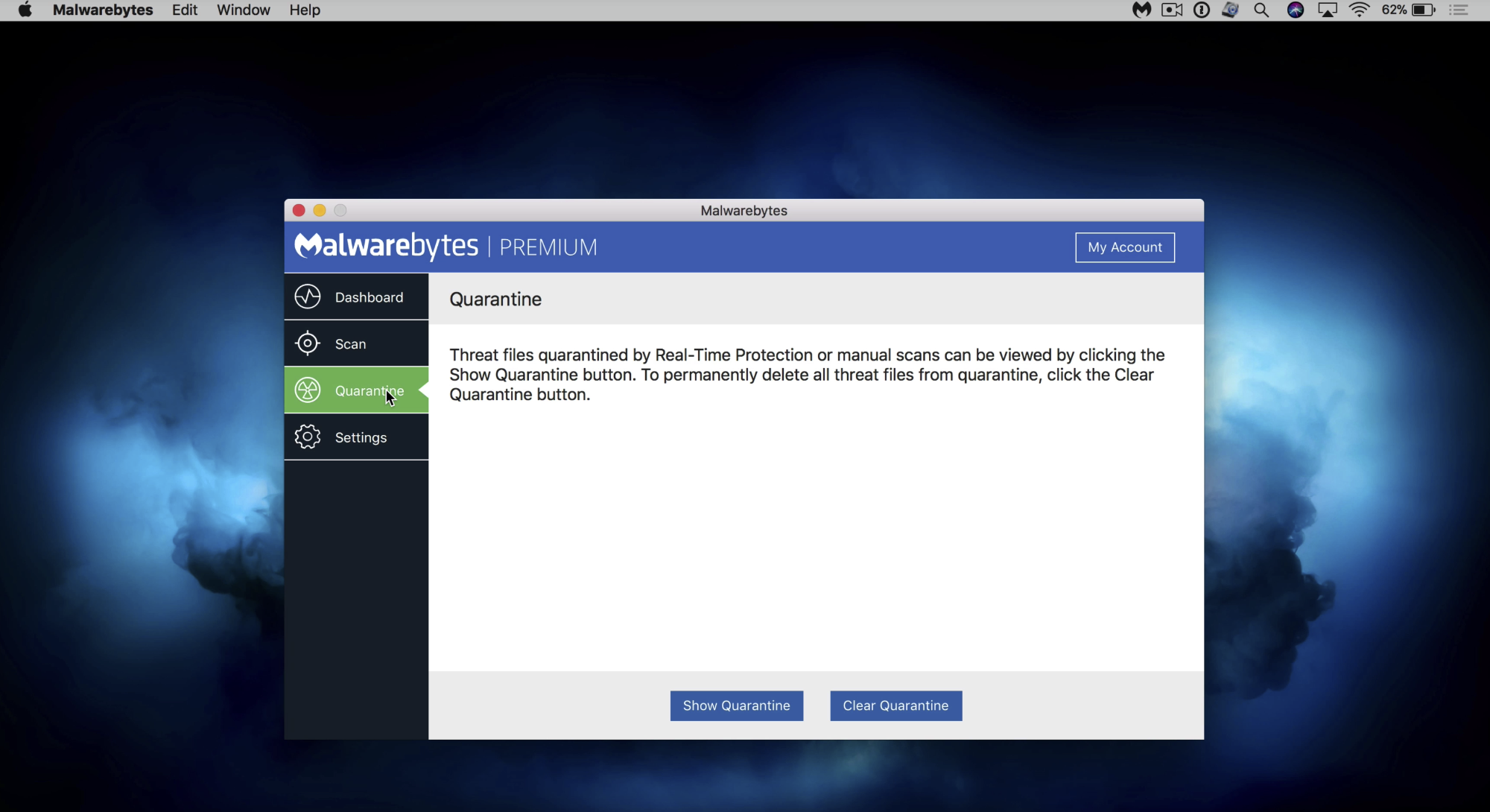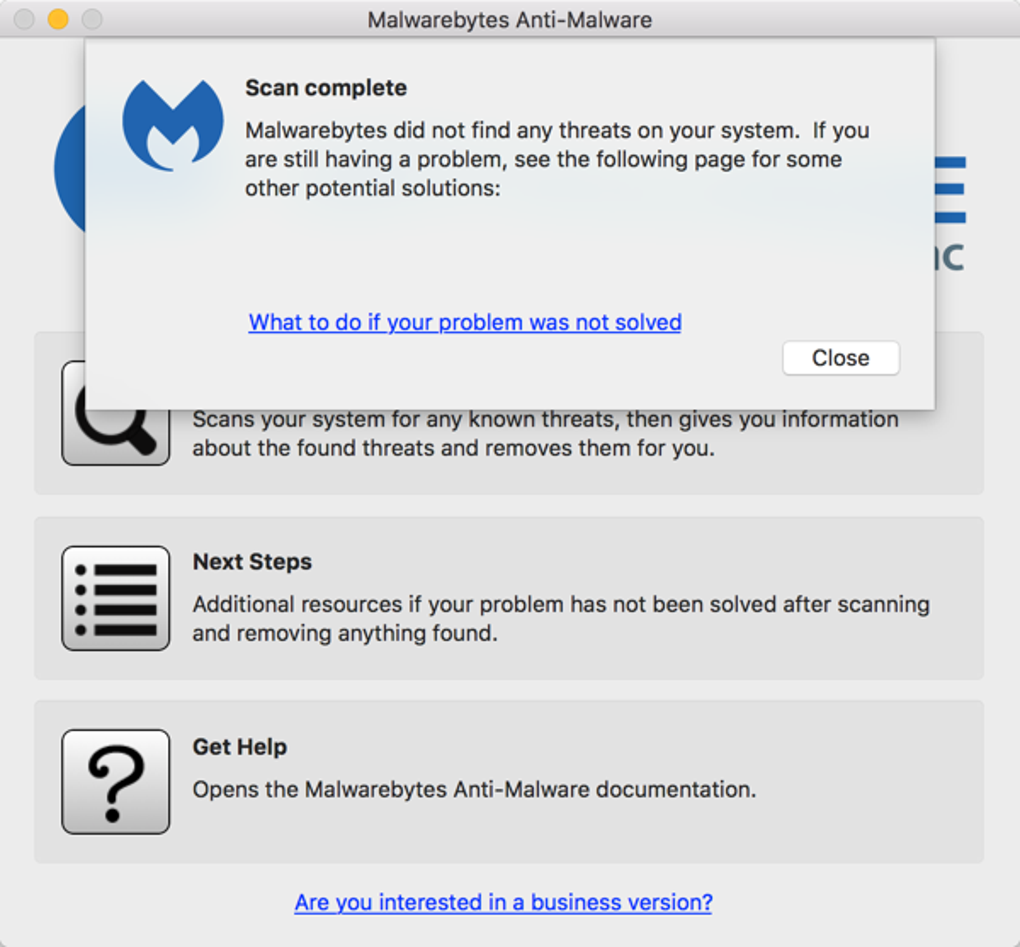

This tip also works if you did not use your Apple ID recently or accessed your account.

You receive a notification that your Apple ID was used to sign in to a device that you do not recognize.They can then use these later to access your personal data and credit card details.īut you can determine if your Apple ID has been compromised by looking out for signs, such as: Threat actors can easily trick you into submitting your credentials to fake Apple sites. Secure Your Apple IDīesides helping you access Apple’s services and synchronize your devices, your Apple ID account contains crucial settings and personal data that cybercriminals may target. This post will guide you through possible ways of protecting your Mac. With that in mind, you need to take the necessary precautions to protect your macOS devices and prevent cyber attacks and data leaks. Hackers can easily steal your social media credentials and financial information through phishing or infect your Mac with malware. The verdict? Macs are not invulnerable to attacks or threats. More specifically, Malwarebytes detected an average of 11 threats per Mac endpoint, a figure that is almost double the average of 5.8 threats per endpoint for Windows. In fact, Malwarebytes’s 2020 State of Malware report showed that in 2019, the macOS outpaced Windows in terms of number of threats detected per endpoint. But that is not the case, no operating system (OS), including the macOS, is threat-proof. Macs, short for Macintosh computers, were considered inherently more secure and thus less susceptible to cyber attacks and threats than their Windows-based counterparts for a long time.


 0 kommentar(er)
0 kommentar(er)
